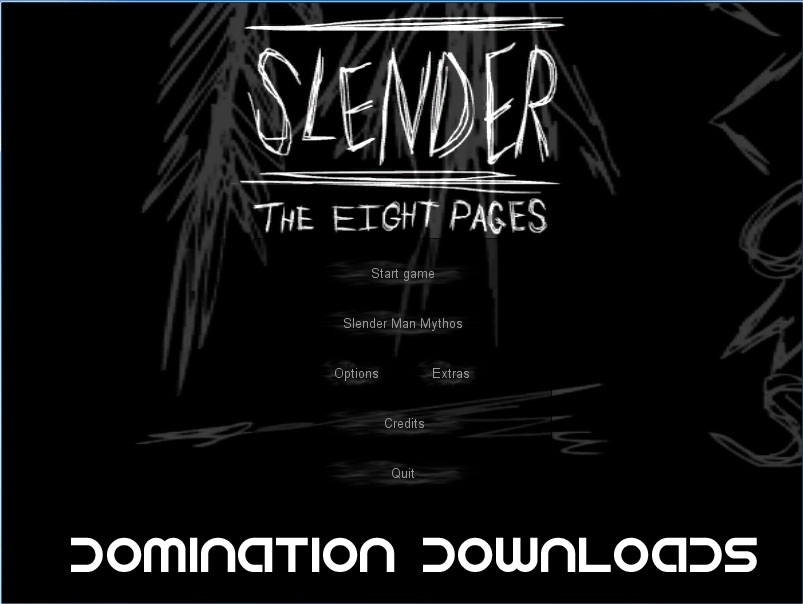

A new page of vessel data for inertia compensation is now available.This could, for example, be used in an external function implementing a turbine control system. In addition, the TTurbineInstantaneousCalculationData structure has been extended to include a hub relative velocity field. These report the wind velocity at, and relative to, the hub. New results, the hub relative velocity and its components, have been added.If a finite stiffness is given, the hub can rotate, about the main shaft axis, relative to the gearbox's main shaft output. To allow for drivetrain flexibility, the turbine's main shaft stiffness and damping can now be specified.This allows the blade model to capture structural couplings which can be important for some turbine designs. The location of the shear centre can now be specified for the turbine blade profile.Line type axial stiffness and torsional stiffness variable data sources can now accept an external function to track the calculation of wall tension or torque and present external results.The meaning and interpretation of the data is unchanged. This change has been made in the interests of consistency across the program. The line type CG offset data has been renamed as centre of mass.

This may be more appropriate for a line embedded in the seabed, as applying the force at the contact point might lead to unphysical twisting of the line. An option has been added to allow seabed contact forces to be applied at the line centreline when torsion is included, rather than at the point of contact.This model does not average the lateral and axial friction coefficients and instead treats them as defining independent forces. A decoupled model of lateral and axial friction has been added for seabed interaction.The term normal friction coefficient has been replaced by lateral friction coefficient to match the prevalent convention in the literature and avoid confusion with the seabed normal direction.These provide new modelling options for the interaction between the line and the soil, and may be used for applications such as pipeline breakout or slip. User-defined seabed tangential resistance profiles can now be added.The list is extensive and to help navigate the topic you can use the links below.Ī more in depth discussion of the major new features introduced in 11.2 is available on our blog. This topic lists all the changes that have been made to OrcaFlex since version 7.0.


 0 kommentar(er)
0 kommentar(er)
